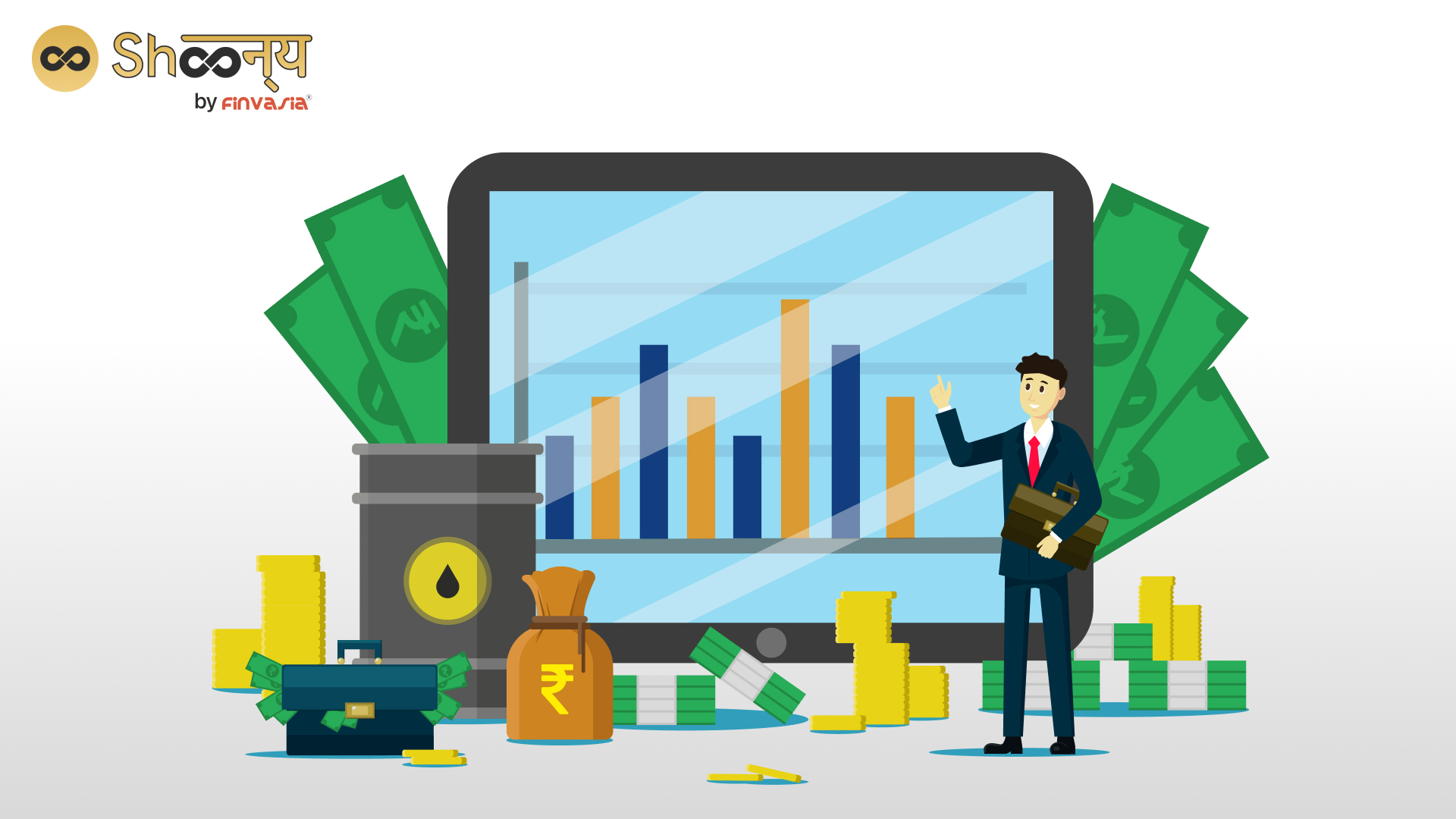Exchange Traded Funds: Meaning, Example, Types, Benefits, Risks

In recent times, Exchange Traded Funds (ETFs) have gained significant popularity as an investment choice. These funds bring together the advantages of both mutual funds, which offer diversification, and the ease of trading stocks. So, let’s delve into the world of ETFs to understand what they are, how they work, their types, benefits, risks, and how to invest in them, specifically in the context of India.
What are Exchange Traded Funds (ETFs)?
Let’s take an example: think of an Index ETF designed to imitate how a particular stock index performs, like India’s Nifty 50. When you invest in this ETF, you’re essentially purchasing a portion of a fund that contains the same stocks as the Nifty 50 index. As the stocks in the index go up or down, the value of the ETF also changes accordingly.
How do Exchange Traded Funds Work?
ETFs are created and managed by fund providers. These providers assemble a basket of assets, each with its own ticker symbol. Investors can buy shares in this basket, similar to buying stocks in a company. These shares represent ownership in the ETF, not the underlying assets. The fund provider tracks the performance of the underlying assets and adjusts the ETF’s value accordingly.
A Simple Example of Exchange Traded Funds
For instance, consider an Index ETF that aims to mimic the performance of a specific stock index, say India’s Nifty 50. When you invest in this ETF, you’re essentially buying a share of a fund that holds the same stocks as the Nifty 50. As the index’s stocks rise or fall, the ETF’s value moves in sync.
Types of Exchange Traded Funds
Different kinds of exchange-traded funds exist. Here are a few examples:
Index ETFs: These track a specific index, providing investors exposure to the broader market’s performance.
Fixed Income ETFs: These offer exposure to various bonds, from government bonds to corporate bonds, providing income and diversification.
Sector-Specific ETFs: These focus on specific industries like technology or healthcare, letting investors target their investments.
Commodity ETFs: These mirror the price of commodities like gold or oil, allowing investors to gain exposure to these markets.
Leveraged ETFs: These use financial derivatives to magnify returns, but they also come with higher risks.
Actively Managed ETFs: Unlike index ETFs, these aim to outperform a benchmark through active management.
Style ETFs: These mimic investment styles like growth or value, catering to specific preferences.
Foreign Market ETFs: These offer exposure to international markets like Japan’s Nikkei or Hong Kong’s Hang Seng.
Inverse ETFs: This profit when the underlying market or index falls, offering a way to hedge against downturns.
Benefits of Investing in ETFs
ETFs offer various benefits. Some of these are as follows:
Intraday Trading: Unlike traditional mutual funds, ETFs can be traded throughout the trading day, allowing for quicker reactions to market movements.
Transparency: Many ETFs disclose their holdings daily, providing greater transparency compared to some mutual funds.
Tax Efficiency: ETFs tend to generate fewer capital gains, making them more tax-efficient than actively managed mutual funds.
Flexibility: Investors can use different order types like limit orders and stop-loss orders, which aren’t available in mutual funds.
Risks Involved In Exchange Traded Funds
While ETFs offer many benefits, they also come with risks, which are as follows:
Costs: Some ETFs might have higher fees or bid-ask spreads, impacting your overall returns.
Tracking Error: Although ETFs aim to replicate their underlying index, factors like technical glitches can lead to slight deviations.
Settlement Period: After selling an ETF, it takes two days for the sale to settle, tying up your money during that period.
How to Invest in Exchange Traded Funds? 3 Steps
Investing in ETFs is straightforward:
Step 1 Open a Brokerage Account: Choose a reputable brokerage firm in India and open an account.
Step 2 Choose the ETF: Examine the ETFs that are accessible by considering your investment objectives and how much risk you are willing to take.
Step 3 Transfer Funds: Transfer the desired amount of money to your brokerage account.
Buy the ETF: Using the brokerage platform, place an order to buy shares of the chosen ETF.
In conclusion
Exchange Traded Funds (ETFs) provide a versatile way for investors in India to access a diversified portfolio of assets while benefiting from features like intraday trading, transparency, and tax efficiency. By understanding the types, benefits, and risks of ETFs, you can make informed investment decisions that align with your financial goals.
Exchange Traded Funds | FAQs
ETF trades take place on the stock exchange where they are listed. To invest, investors must first open a trading account with a broker and also a Demat account.
Set up a brokerage account. To purchase and sell shares, you’ll need a brokerage account.
Using screening tools, you may find and compare ETFs. Now that you have your brokerage account, you must determine which ETFs to purchase.
ETFs do pay dividends. Any dividends earned on shares held in the fund portfolio must be distributed by ETFs. As a result, ETFs pay dividends if any of the stocks in which they invest pay dividends.
ETFs are a low-cost way to obtain stock market exposure. Since they are listed on an exchange and trade like stocks, they provide liquidity and real-time settlement. ETFs are a low-risk option because they duplicate a stock index, providing diversity rather than investing in a few stocks of your choosing.
______________________________________________________________________________________
Disclaimer: Investments in the securities market are subject to market risks; read all the related documents carefully before investing.








